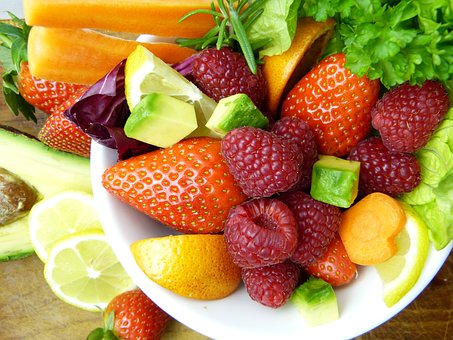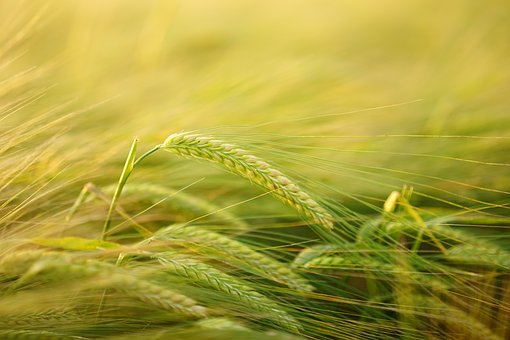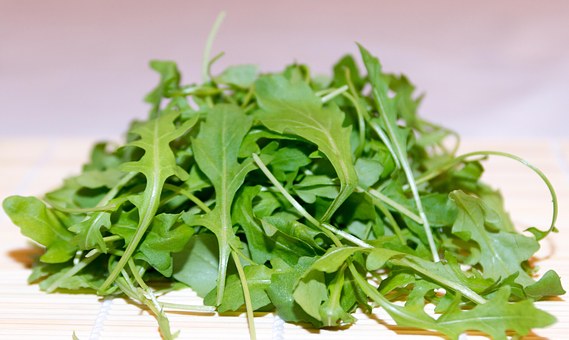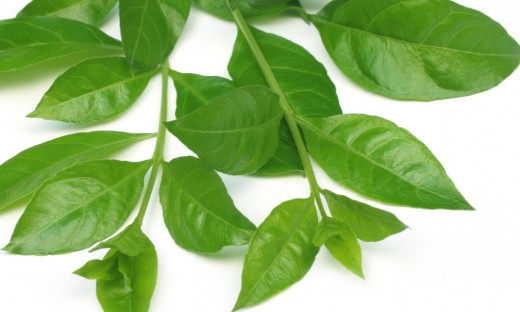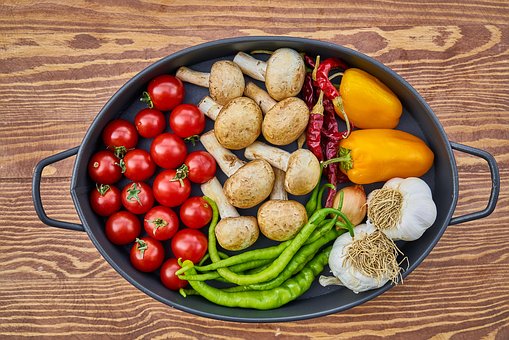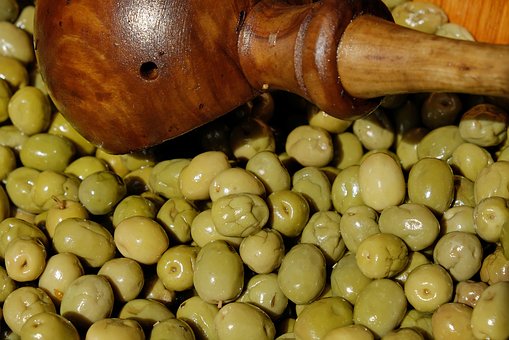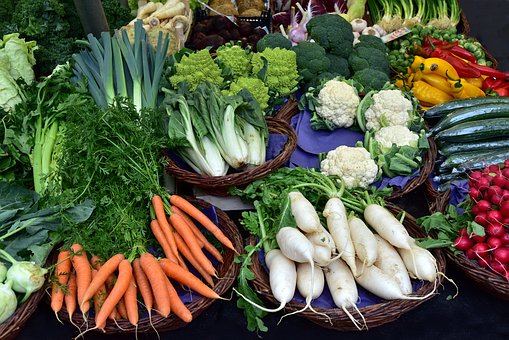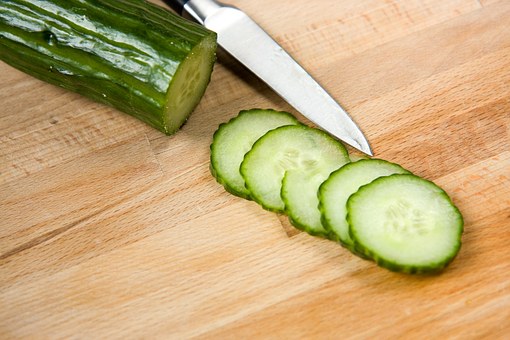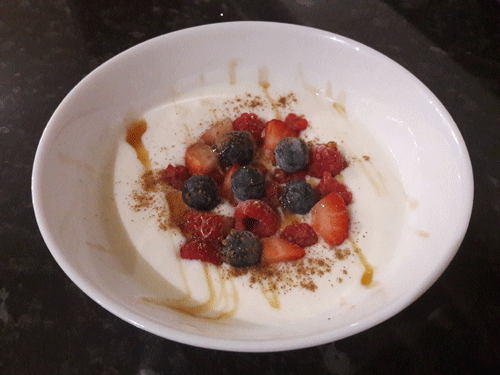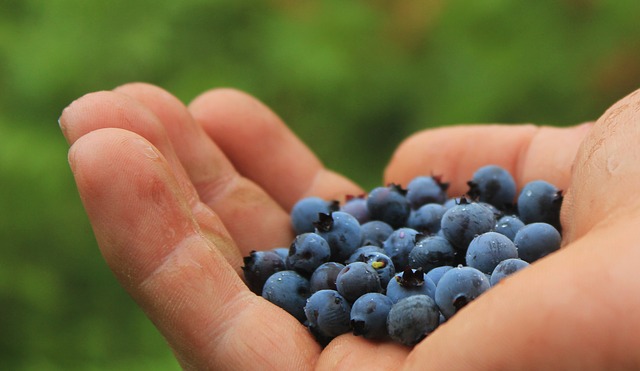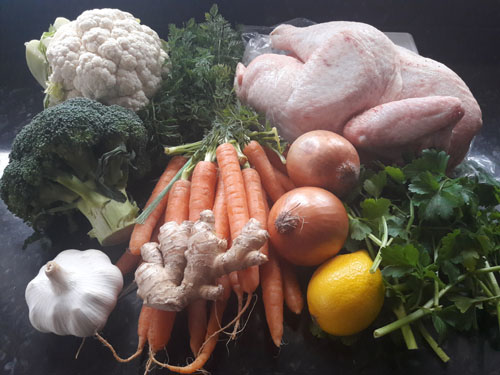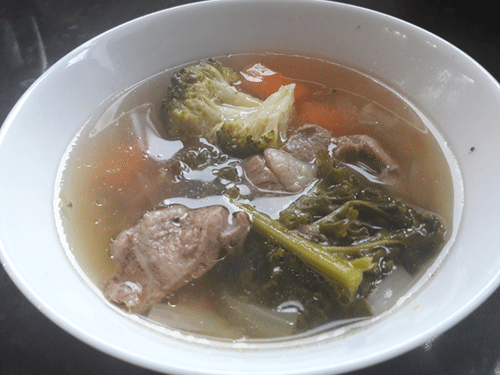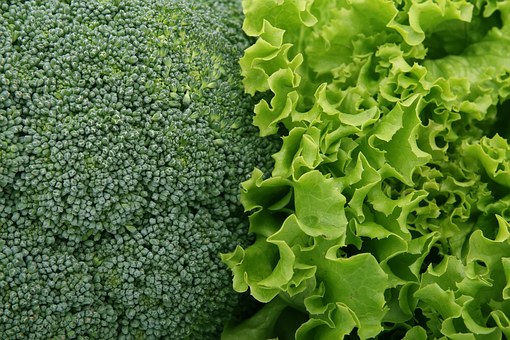Buckwheat Is A Protein-Rich Healthful Food
© HealthyMuslim. See Terms and Conditions
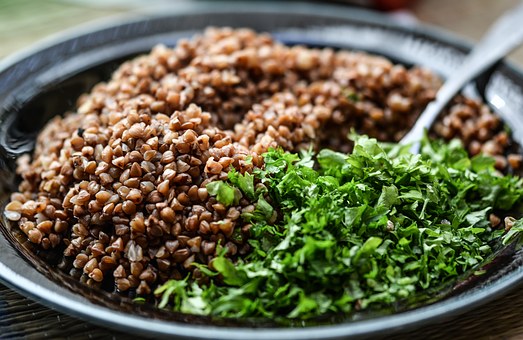
Buckwheat is not a cereal grain but rather a fruit. It is a seed that is closely related to rhubarb.
Buckwheat is high in fiber, magnesium, B vitamins and manganese. It also contains lignans (plant chemicals with estrogen activity), such as enterolactone, which is associated with protecting against breast cancer. It contains the beneficial antioxidants Vitamin E, selenium, phenolic acids and phytic acid.
This beneficial seed contains all eight essential amino acids, making it one of the few vegetarian sources of complete protein.
Buckwheat also contains flavonoids such as rutin, which helps to maintain proper blood flow, and that strengthens the smallest blood vessels. Therefore buckwheat makes a wonderful superfood for those with varicose veins, hardening of the arteries, or thread veins.
Buckwheat contains almost 86 milligrams of magnesium in a one-cup serving. Magnesium relaxes blood vessels, helping to improve blood flow and nutrient delivery while lowering blood pressure - the perfect combination for a healthy cardiovascular system.
Health Benefits
Rats and mice that were fed buckwheat flour had less body fat, and fewer gallstones than mice that were not fed buckwheat flour. Prematurely aging rats that were fed buckwheat flour had improved immune cell function compared to those who didn't consume it.
A study done on diabetic rats found that buckwheat concentrate added to rat food decreased their glucose levels by twelve to nineteen percent after eating.
Buckwheat studies on humans are also showing promise- for appetite control. A study in 2005 found that people felt fuller after consuming buckwheat compared to other grains.
Tips for Using Buckwheat
- Buckwheat is a suitable alternative for anyone with gluten or wheat allergies.
- Buckwheat seeds can be sprouted, which helps to release its vital enzymes and nutrients.
- Combine buckwheat flour with whole wheat flour to make delicious breads, muffins and pancakes.
- To make delicious wheat- and gluten-free pancakes, combine 1 egg with enough milk and buckwheat flour to make a smooth batter with the consistency of single cream. Cook small amounts of the batter in an omelette pan with some butter, making very thin pancakes. Serve them warm with honey or a filling of your choice.
References
- Kato N, Kayashita J, Ohinata H, Tomotake H, Yamamoto N, Yamazaki R, Yanaka N. High protein buckwheat flour suppresses hypercholesterolemia in rats and gallstone formation in mice by hypercholesterolemic diet and body fat in rats because of its low protein digestibility. nutrition.2006 Feb;22(2):166-73.
- Alvarez P, Alvarado C, De la Fuente M, Jimenez L, Puerto M, Schlumberger A. Improvement of leukocyte functions in prematurely aging mice after five weeks of diet supplementation with polyphenol-rich cereals. nutrition. 2006 Jun 27.
- Kawa JM, Przybylski R, Taylor CG. Buckwheat concentrate reduces serum glucose in streptozotocindiabetic rats. J Agric Food Chem. 2003 Dec 3;51(25):7287-91.
- Berti C, Brusamolino A, Porrini M, Riso P. Effect on appetite control of minor cereal and psuedocereal products. Br J Nutr. 2005 Nov;94(5):850-8.
Link to this article: Show: HTML Link • Full Link • Short Link
Share or Bookmark this page: You will need to have an account with the selected service in order to post links or bookmark this page.





|
Related Articles:
- Almonds Are A Top Food For Preserving Health
- The Brain Diet for Improved Mood, Memory and Better Concentration
- Buckwheat Is A Protein-Rich Healthful Food
- Ways to Improve Digestion
- Lose Weight by Increasing Intake of Complete Proteins
- Food Combining For Optimum Nutrition: Food Categories
- Nutrients and Superfoods for Healthy Skin
- Food Combining for Optimum Nutrition: The Basics
- Why We Need Protein in our Diets
You must be registered and logged in to comment.
Most Popular
Latest Articles
Popular Subjects
Health, fitness and longevity
Based upon the principles of health
in the Qur'an and Prophetic Traditions.
HealthyMuslim.Com
There are two bounties in which
most people lose out: good health
and free time. Al-Bukhari.





